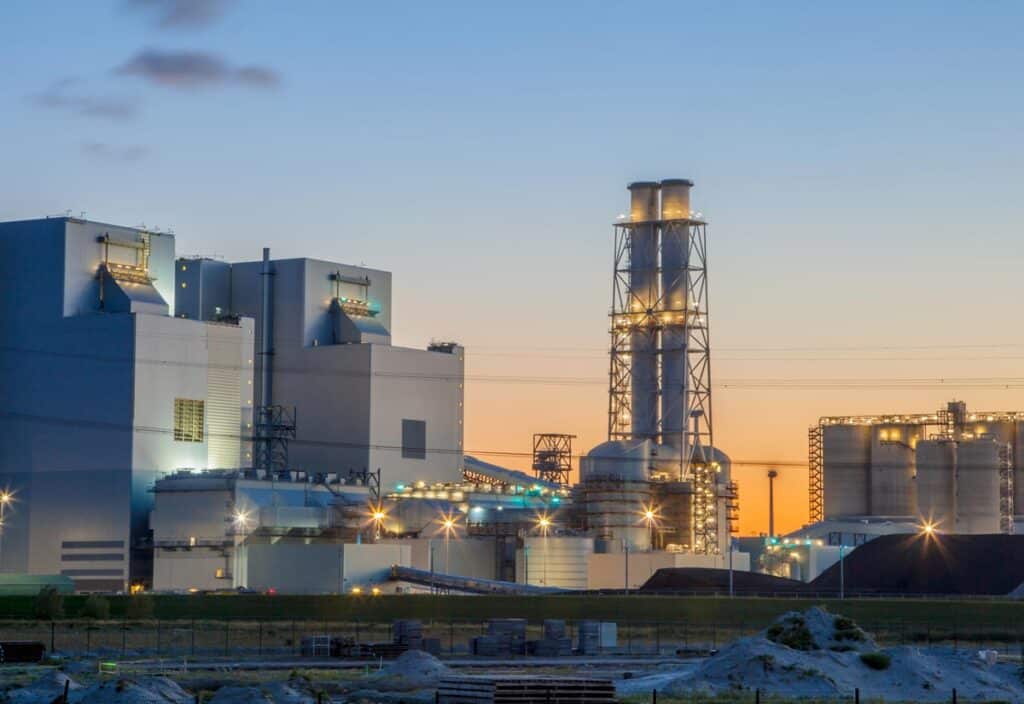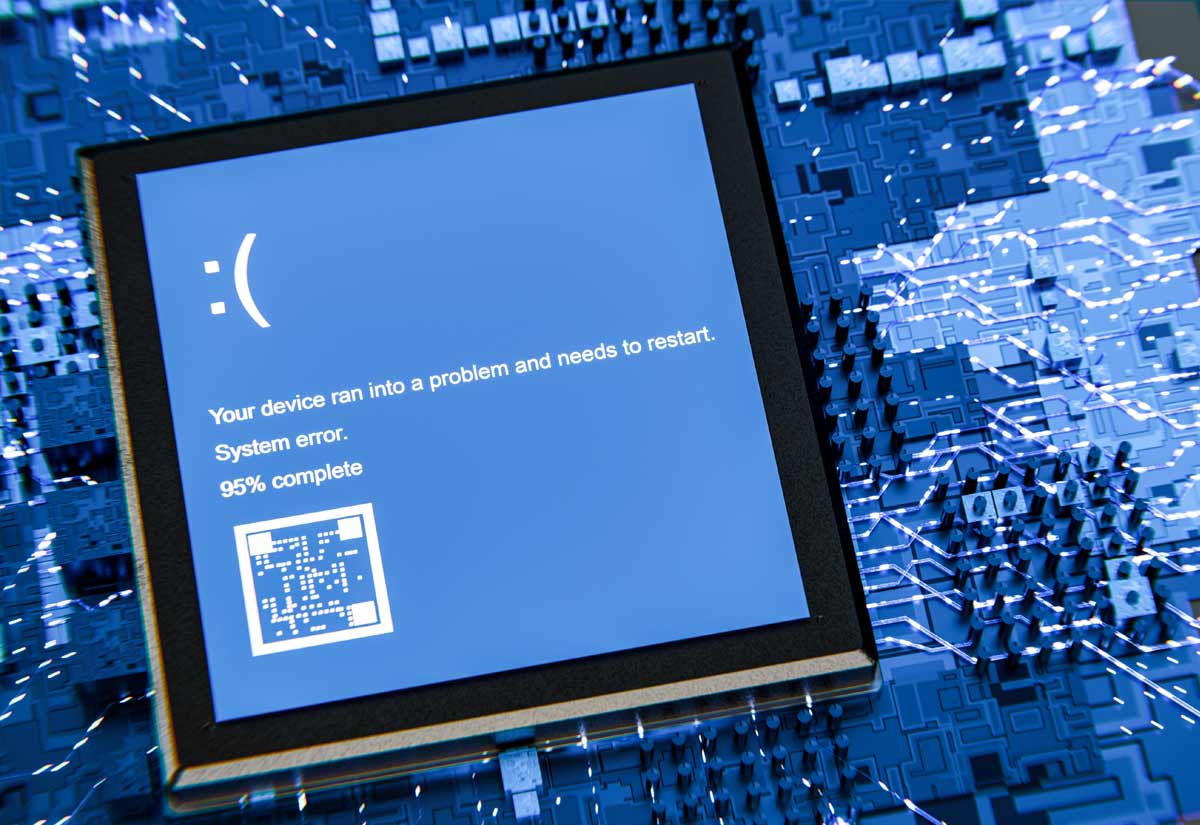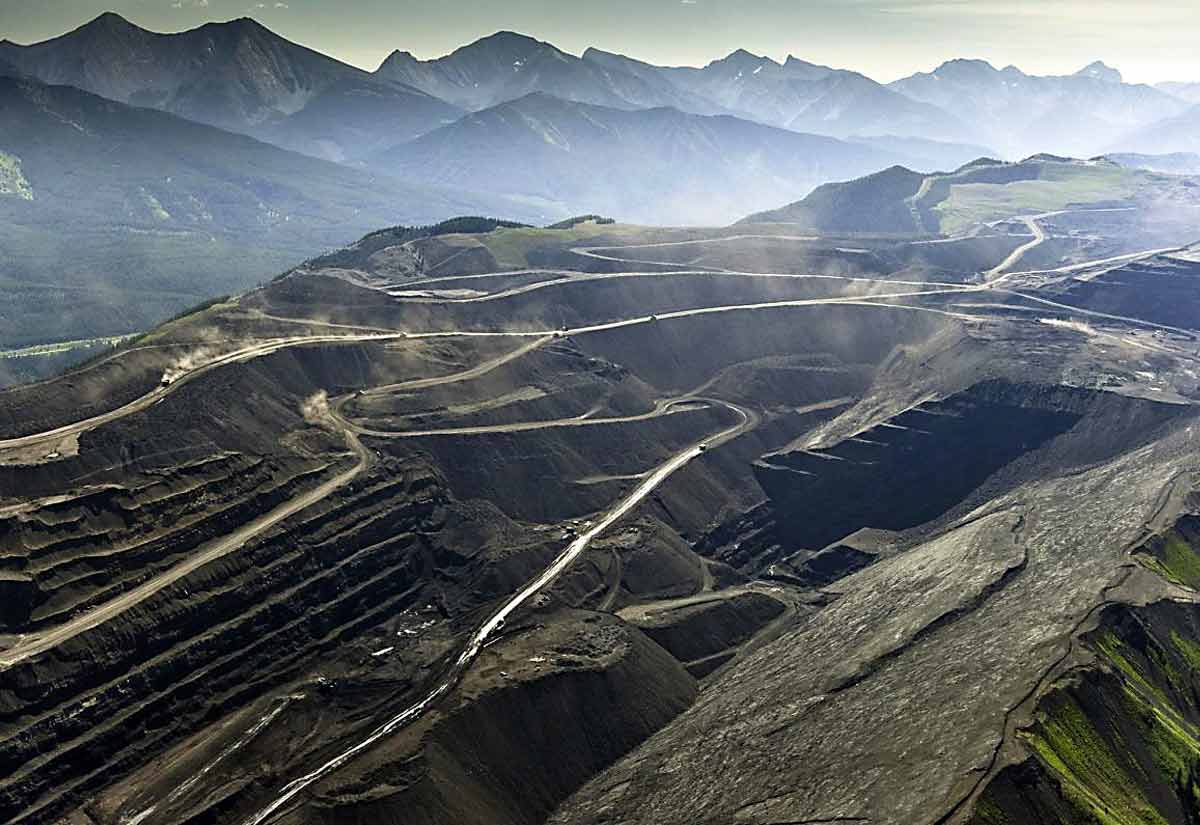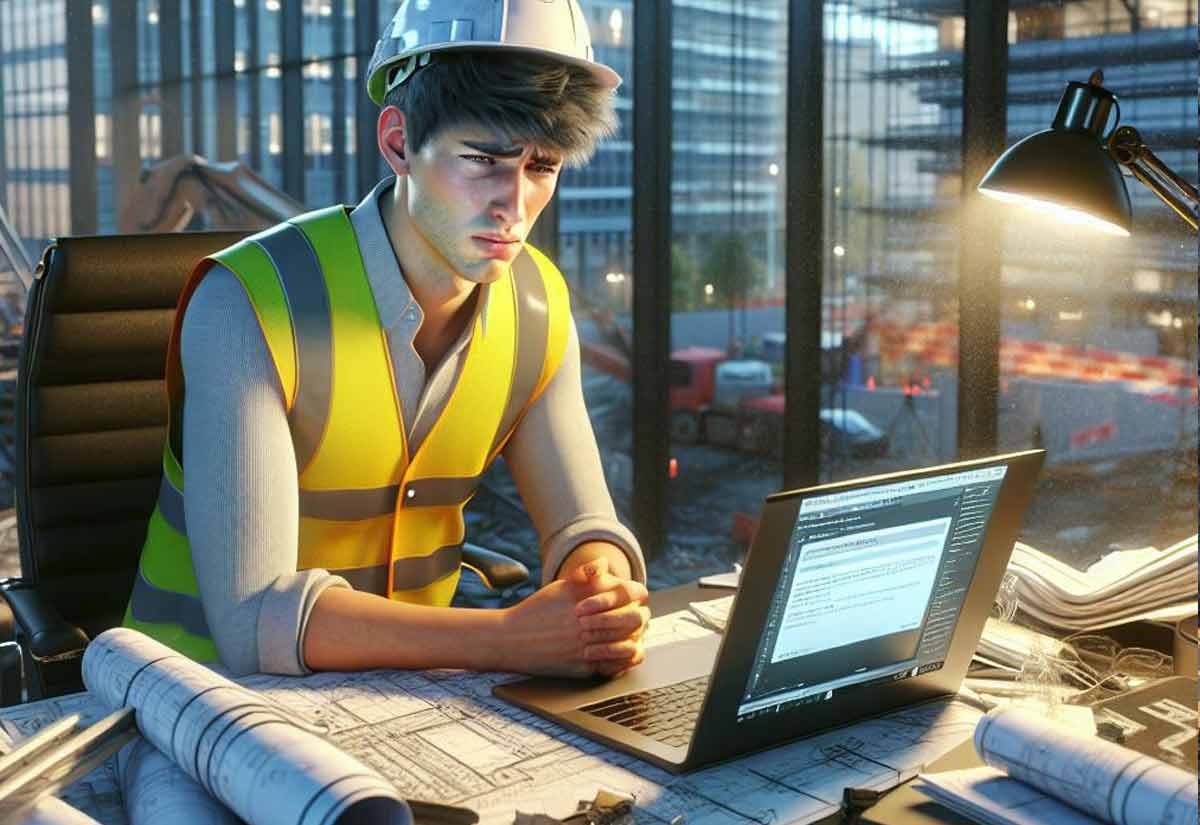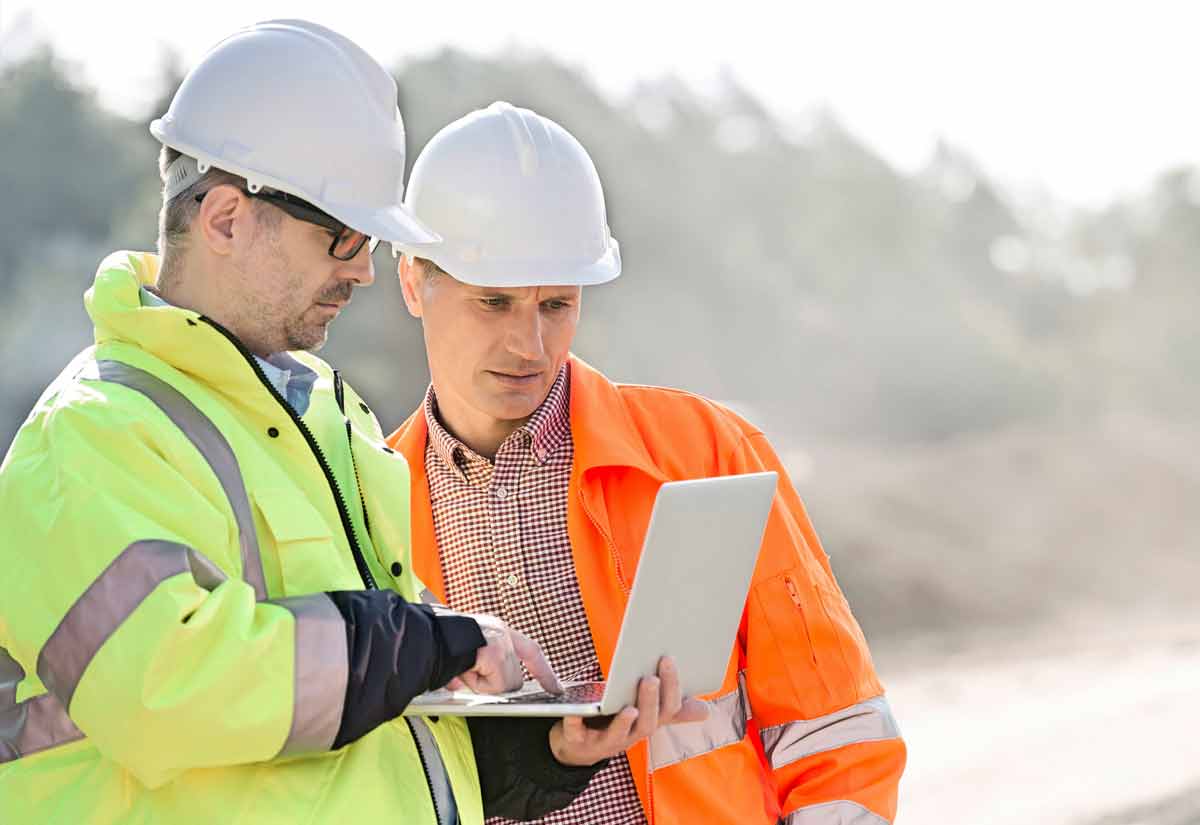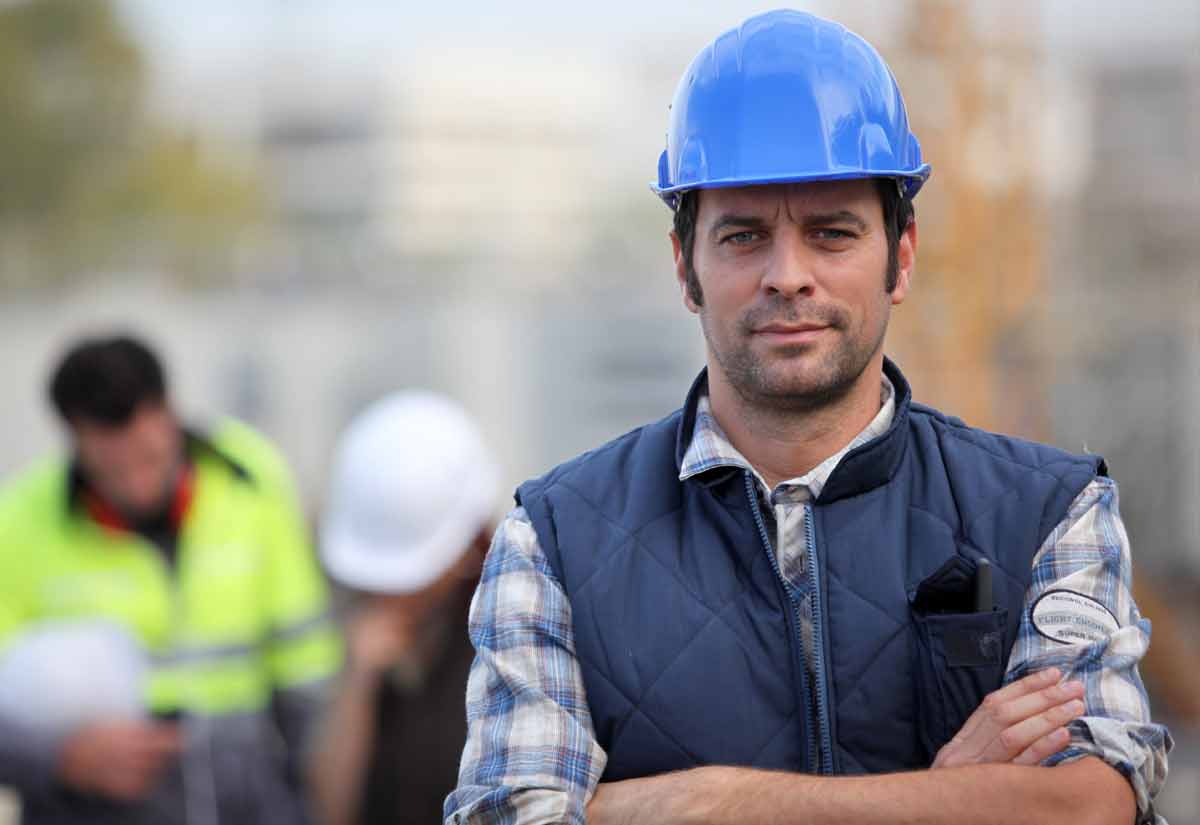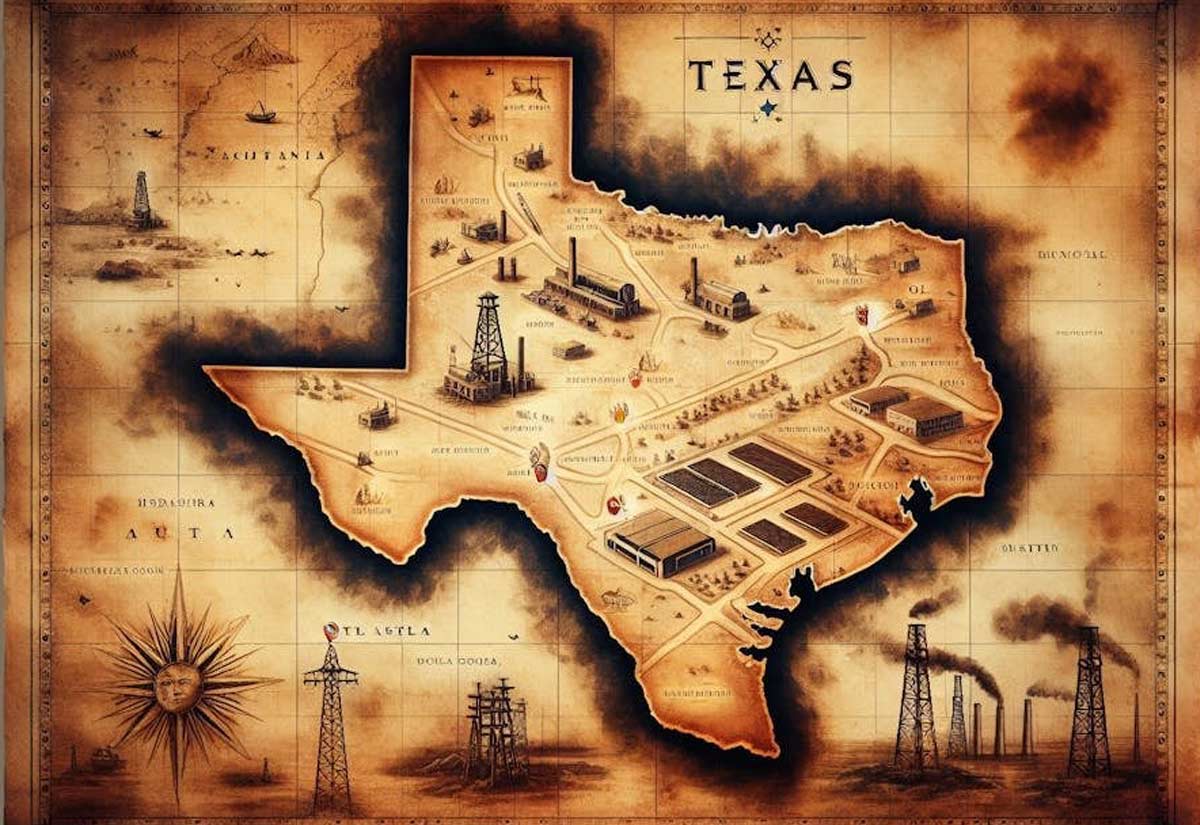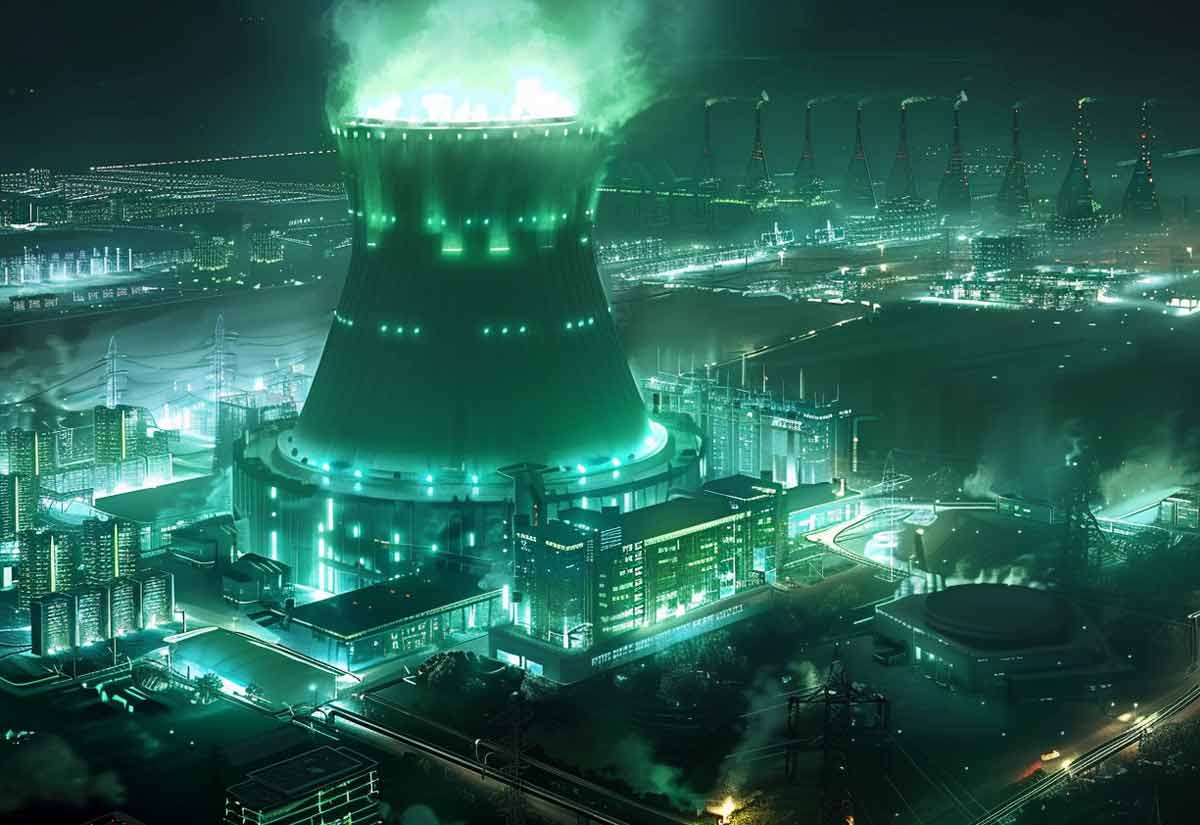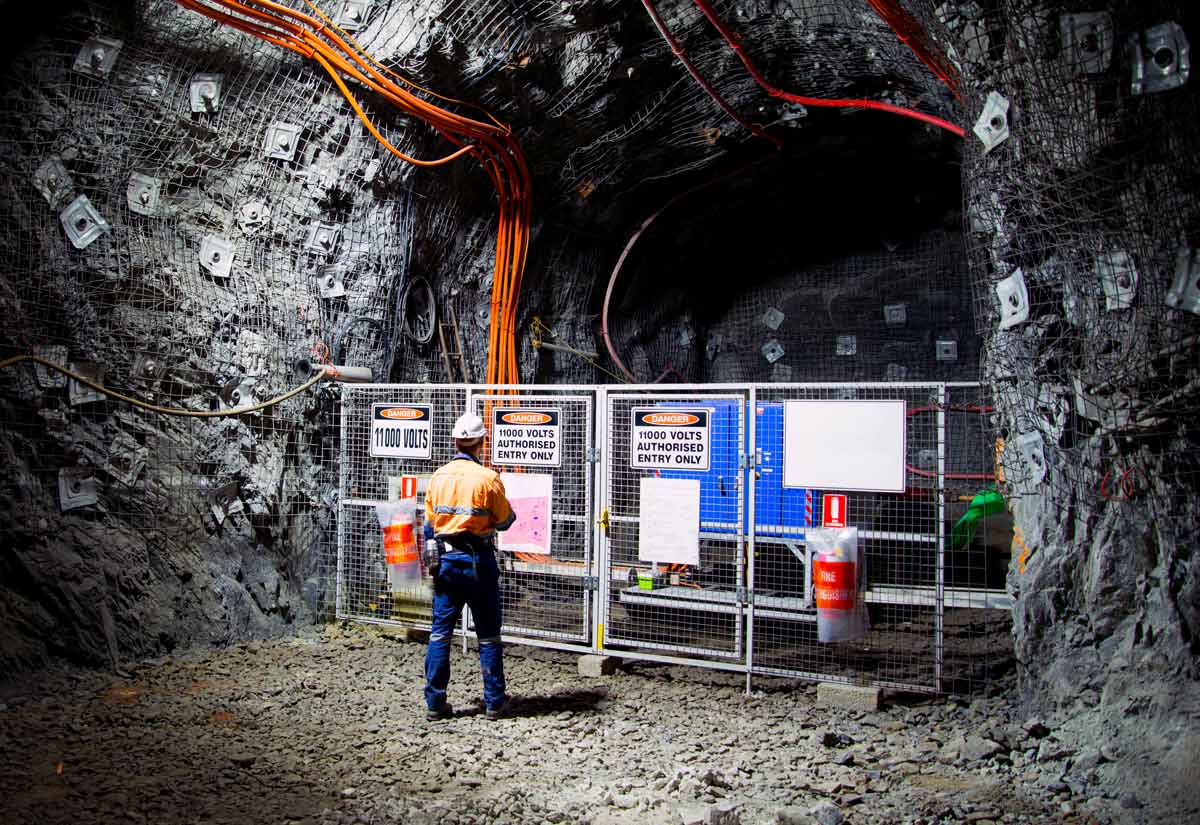An April 2021 Associated Press report posted at Power Engineering announced the latest first prize winners of Elon Musk’s $20 million XPRIZE. $15 million (with the other $5 million going to promising runners up) was split between two of the most unlikely candidates (from the green-minded environmentalist point of view); a coal-fired power plant in Wyoming and a gas-fired plant in Alberta, Canada. The two winners focused on a perennial climate scapegoat in our hyper-focused era on man-made climate warming…concrete.
“It’s not surprising that the winning teams focused on reducing emissions associated with concrete, which will be a game-changer for global decarbonization,” – Marcius Extavour- XPRIZE vice president of climate and energy
The Carbon Cure With Concrete
While many debate the validity of man made climate change, with not a few scientists claiming that there is no convincing evidence at all that man’s influence causes significant global warming, nobody can contest the fact that concrete is literally the historical foundation of human civilization and modern infrastructure.
Before we get into the “carbon cure” numbers we at Resource Erectors feel it’s important to point out that the concrete industry is already using environmentally sensitive formulations that make it one of the lowest carbon footprint construction materials available for buildings and essential infrastructure upgrades. Just a few of its many benefits include:
- Concrete’s carbon footprint could be up to 6% less than wood products according to Canada’s International Institute for Sustainable Development when Life Cycle Assessment (LCA) is factored into the emission equation.
- Concrete durability provides structures that endure for decades, even centuries, and the fact that its strength increases over time reduces the need for rehabilitation and new replacement construction.
- Concrete Resilience is unsurpassed. Concrete doesn’t corrode away from rust or rot. It is impervious to fire, wind, water, excessive vibrations, and earthquakes. Concrete structures are frequently the only intact survivors after extreme weather events.
- Concrete is Energy-Efficient thanks to its thermal mass. Its ability to attenuate interior temperature conditions can reduce HVAC demands on a building by up to 8% over its entire service life. Combined with energy-enhancing innovations such as radiant flooring, and geothermal or hydronic heating and cooling systems, concrete can boost energy efficiency by 70% over the Model National Energy Code for Buildings.
- Concrete is 100% Recyclable and gets “greener” every year now as we’ve been covering right here at our Resource Erectors blog. Concrete uses recycled materials in the mix that diverts waste materials such as discarded rubber tires and rubble from landfills.
But apparently that’s not enough to ease the minds of the environmentally sensitive green community. According to the current “consensus”, production of cement in concrete is responsible for 7% of global emissions of the dastardly greenhouse gas CO2. That’s enough for Elon Musk to make carbon zero benchmarks a high priority.
The winning companies are CarbonCure Technologies, based in Dartmouth, Nova Scotia, and the Los Angeles-based CarbonBuilt. With major energy players such as St Gobain Group, Siemens, and General Electric making significant investments in enormous wind farms with turbine tower foundations that consume gargantuan amounts of concrete, the “game-changer” can’t come soon enough.
CarbonBuilt developed its Reversa™ process that uses carbon dioxide to cure concrete so it is “trapped” in a way that reduces CO2 emission volume as compared to traditional concrete. They focus on embedding CO2 in concrete for green buildings requiring LEED certification, and gigaton scale reduction for heavy industry and concrete producers.
CarbonCure took a different innovative approach by injecting CO2 directly into fresh concrete. They call their process “CO2 mineralization”:
“Once injected into the concrete mix, the CO₂ reacts with calcium ions from cement to form a nano-sized mineral, Calcium Carbonate, which becomes embedded in the concrete. This makes the concrete stronger, enabling mix optimization while eliminating the CO₂.”- CarbonCure website
CarbonCure’s mineralization process can increase compressive strength for concrete applications including ready mix, masonry, and precast.
So where is the CO2 mix additive coming from? Both techniques use CO2 scavenged from the power plant smokestacks, including the coal-fired plant at the Wyoming Integrated Test Center. Wyoming governor Mark Gordon is hoping that the prize-winning smokestack CO2 trapping methods can breathe new life into his state’s beleaguered coal industry. Wyoming surpasses every other state providing 40% of US-sourced coal.
But $20 million is just the small change for XPRIZE financier Elon Musk.
Musk’s $100 Million XPRIZE For Your Captured Carbon Dioxide
Trees do it all the time, capturing contemptible carbon dioxide directly from the atmosphere and emitting succulent breathable oxygen in return. But can man made technology match the CO@ scrubbing performance of a rainforest? Musk is dangling quite a carrot to the engineering world to find out.
Tesla/SpaceX CEO Elon Musk is offering an astounding $100 million XPRIZE for winning his carbon removal competition. Naturally the contest commenced on April 22, the date designated for decades now as “Earth Day”. Contestants will have 4 years to come up with a carbon-trapping system until the competition concludes on Earth Day, 2025.
Ready to toss your hat in the $100 million ring? Here is the winning criteria, Musk’s contest rules according to a recent report at CBS News.
- A fully operational system for removing CO2 at the minimum rate of a kiloton per year.
- Maintain captured carbon for 100 years (no word yet on how this can be verified by Earth Day 2025.)
- Present a pathway to scale [up] at gigaton levels of CO2 removal per year.
The winners will divide the $100 million in spoils thusly:
- $50 million for first place
- $30 million for three runners-up
- $1 million each for the top 15 most promising projects
- $5 million allocated to student teams to be distributed this fall of 2021
About Resource Erectors: Where Career and Company Advancement is the Prize
When it’s time for your company to step up and grab your industry’s prized market share in today’s highly competitive and challenging business environment you’re going to need the top professional talent available to meet your goals.
At Resource Erectors we specialize in recruiting the best professionals and matching them with the heavy industry companies who need their specialized hard-to-find skills and talents in mining, civil construction, engineering, concrete, aggregates, and more. We work with companies and professional candidates in the US, Canada, and Australia.
When it’s time to move up in your career or industry it’s time for Resource Erectors, so don’t hesitate to contact us today.
